
Food and Drink: Cassava
- Post Date: 1/18/2018
- Author: Registration staff
- Reading Time: 3 minute read
At Spurlock, we love to talk about food. Humans need food. Humans love food! It provides sustenance, highlights moments of celebration, and promotes sharing. Looking at objects in the Museum’s artifact collection, it’s also cool to see how one type of food is prepared and eaten in different ways across different cultures. For this first entry, we will look at cassava.
Cassava is the root of a plant originally from South America and later brought to other countries through trade and travel. Also known as yucca or manioc, it is an important calorie source for people in countries across Latin America, Africa, and Asia due to its high carbohydrate content.
This plant has a certain level of natural toxicity and requires special processing before being safe to eat. Cassava processing includes grating the root, straining the pulp to remove fibers, soaking it, and finally squeezing the pulp to remove the liquid and toxins. After straining, the pulp can be boiled, formed into cakes, or sieved into flour.
Cassava Graters are similar in construction everywhere and are made by embedding small stones and nails into a wood base. Occasionally the rough grain of the wood itself is used as a grating surface.
-
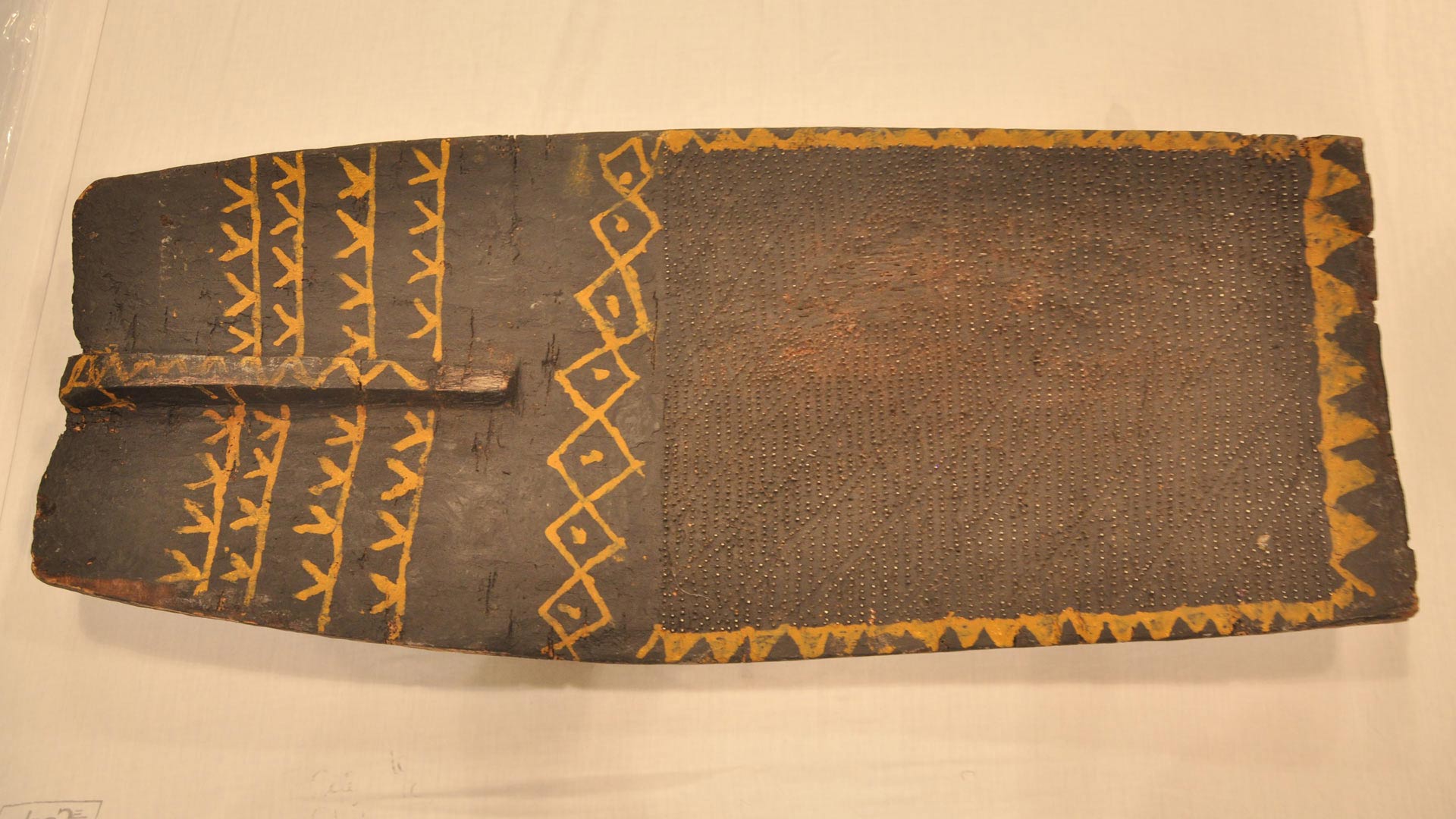 Large Ticuna Grater 2013.04.0129
Large Ticuna Grater 2013.04.0129
-
 Ecuadorian Manioc Grater 2007.14.0020
Ecuadorian Manioc Grater 2007.14.0020
Strainers and straining methods vary by culture. Manioc squeezers, called tipiti in Ecuador, are used in South American countries. These tall woven tubes hang from tree branches and cassava pulp is placed inside. Tipiti are twisted and pulled, causing the toxins to squeeze out through the weave. African countries such as Ghana place the cassava in a bag, then squeeze out toxins using a press.
-
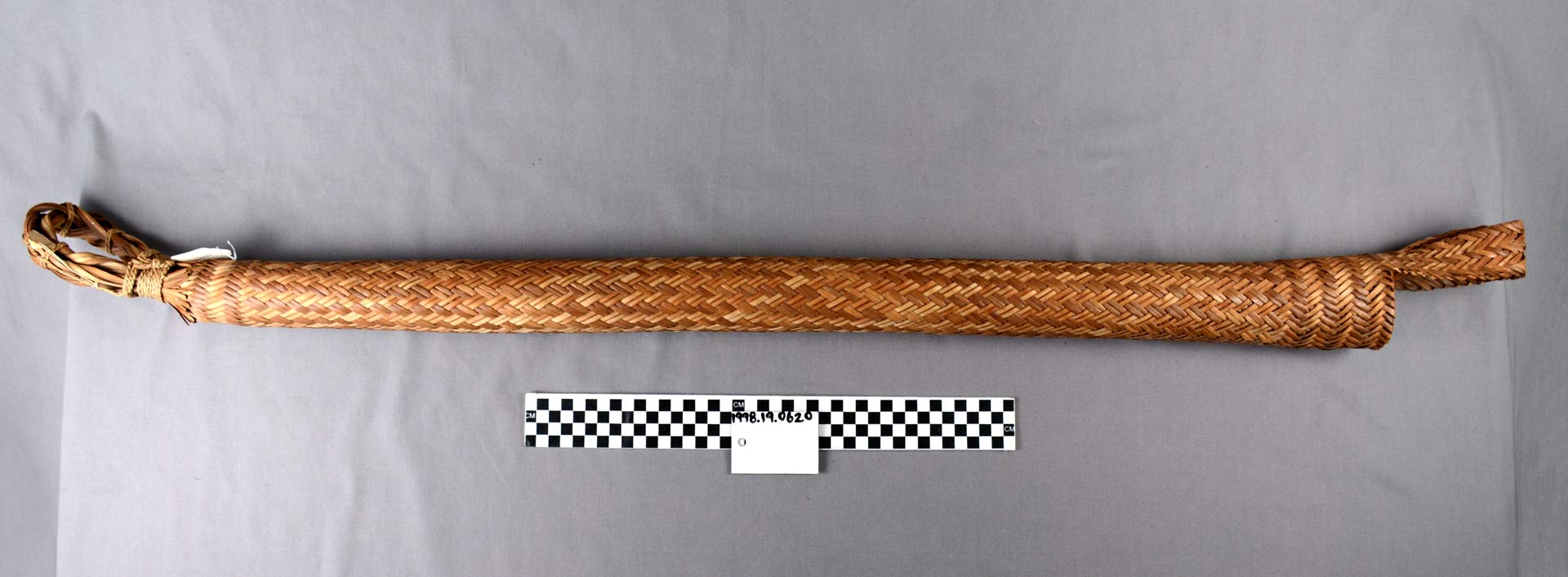 Tipiti, Ticuna Manioc Squeezer 1998.19.0620
Tipiti, Ticuna Manioc Squeezer 1998.19.0620
-
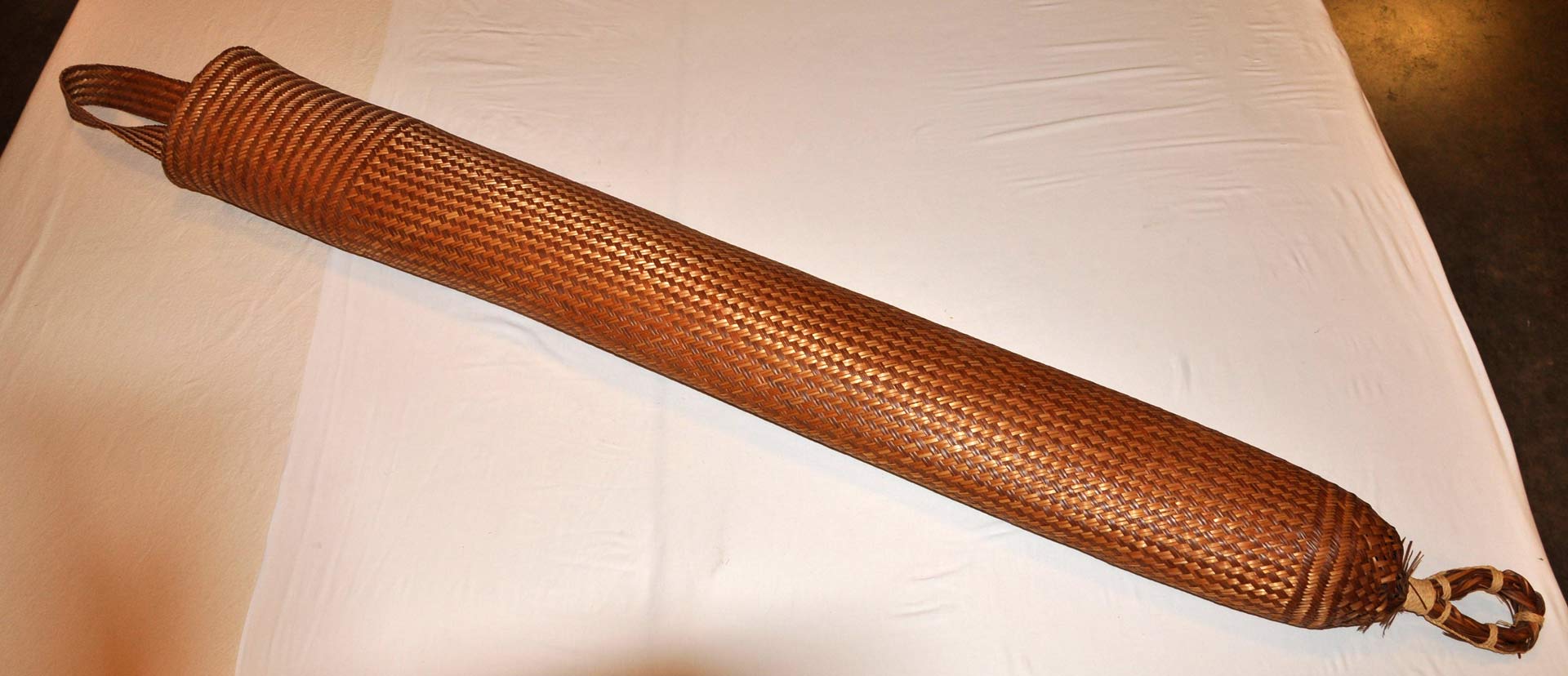 Tipiti, WaiWai Manioc Squeezer 2010.01.0535
Tipiti, WaiWai Manioc Squeezer 2010.01.0535
The final step, sieving the strained pulp into flour, is done with specially designed mats.
-
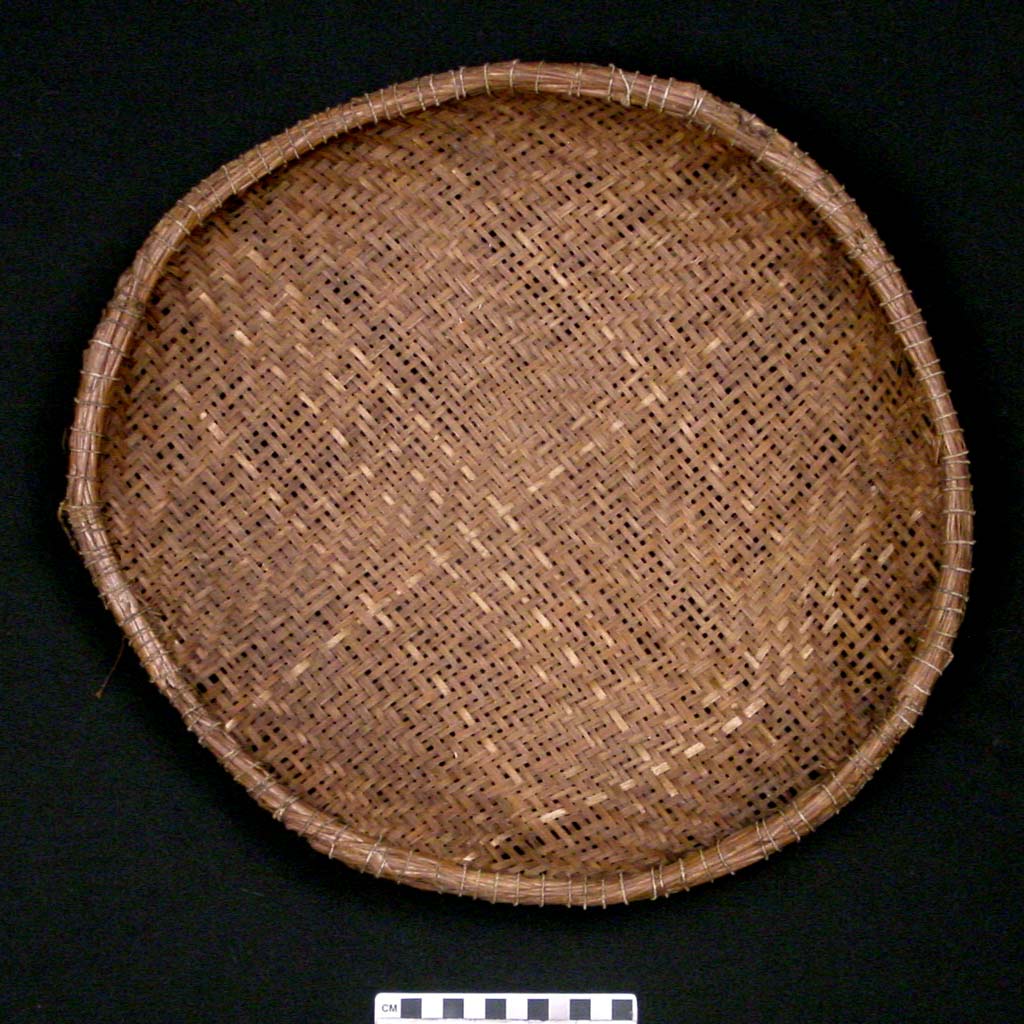 Tse Te, Peruvian Manioc Strainer 2000.01.0372
Tse Te, Peruvian Manioc Strainer 2000.01.0372 -
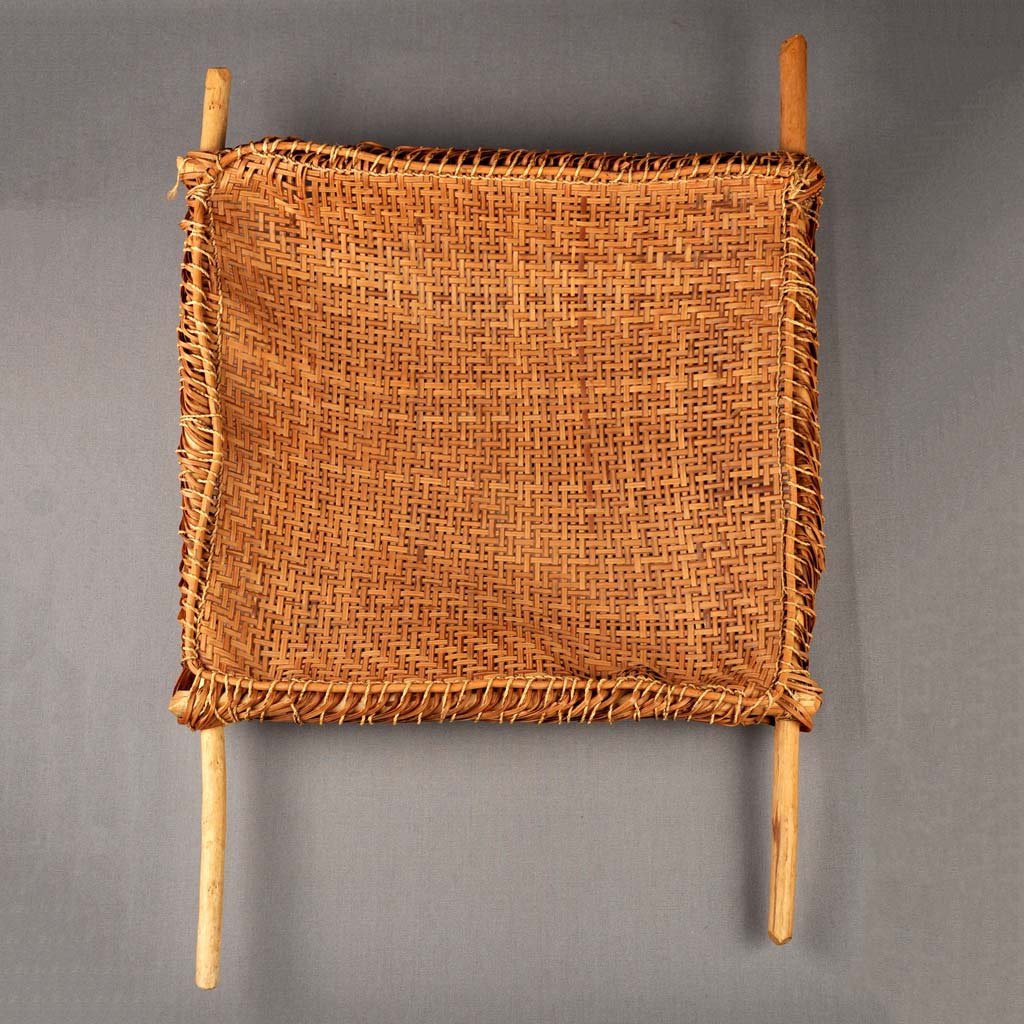 Bogotan Manioc Strainer 2010.01.0533
Bogotan Manioc Strainer 2010.01.0533
-
- Share:
- Subscribe to Newletter
- Giving